Sandians support national security mission
In support of the Nuclear Deterrence Modernization Efforts Rally Cry, Lab News continues to highlight employees and the variety of ways that they contribute to Sandia’s core mission. Lab News will run these stories in future editions and online. Read more profiles in the July 28 and Aug. 11 editions.
Kate Stamper
Systems engineer
9 months at Sandia
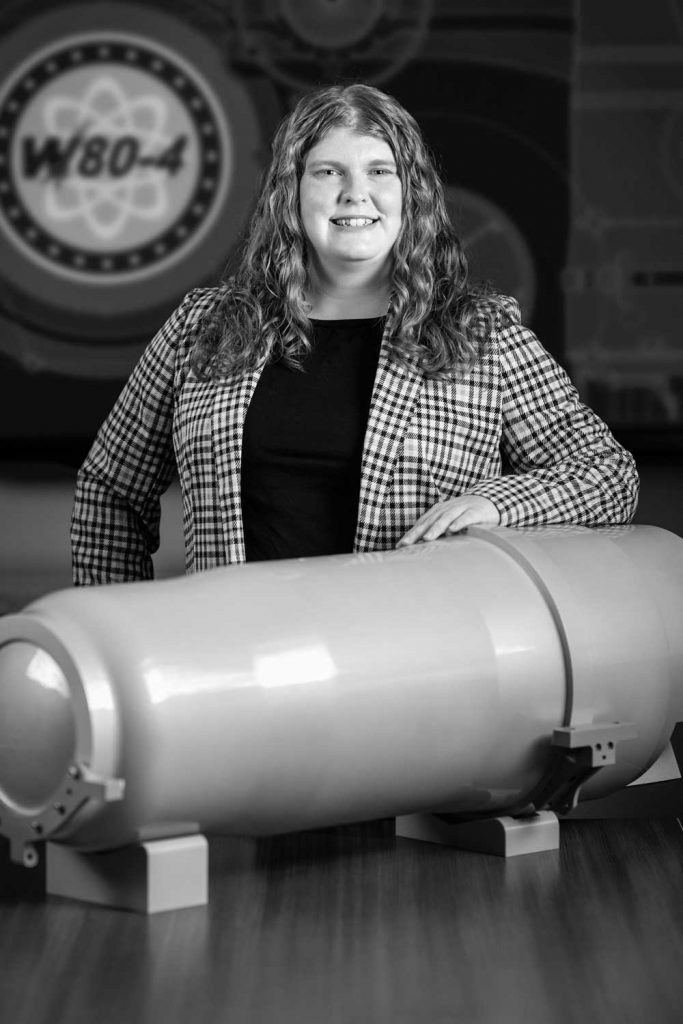
We often see reminders of Sandia’s roots in the Manhattan Project. For Kate Stamper, this isn’t just history — it’s a family tradition.
“I’m from middle-of-nowhere Tennessee. My grandfather worked at Y-12, and they basically worked on creating enriched uranium. I grew up hearing all these stories, and at one point half my family worked in the nuclear security complex,” she said. “When I was in college, the Sandia talks were the ones my professor said I had to go to. So, I had this thing in the back of my brain that national labs were cool, and Sandia stood out among them.”
Kate works as a mechanical engineer on the W80-4 program.
“I make sure everything fits together the way it’s supposed to and meets the requirements for safety,” she said. “I like to work on something bigger than myself that means more than just my personal input. That makes me feel that I’m working to make the world a better place for security and stability — as opposed to making a car one percent more efficient.”
— David Hill
Jaideep Ray
Computer scientist
23 years at Sandia
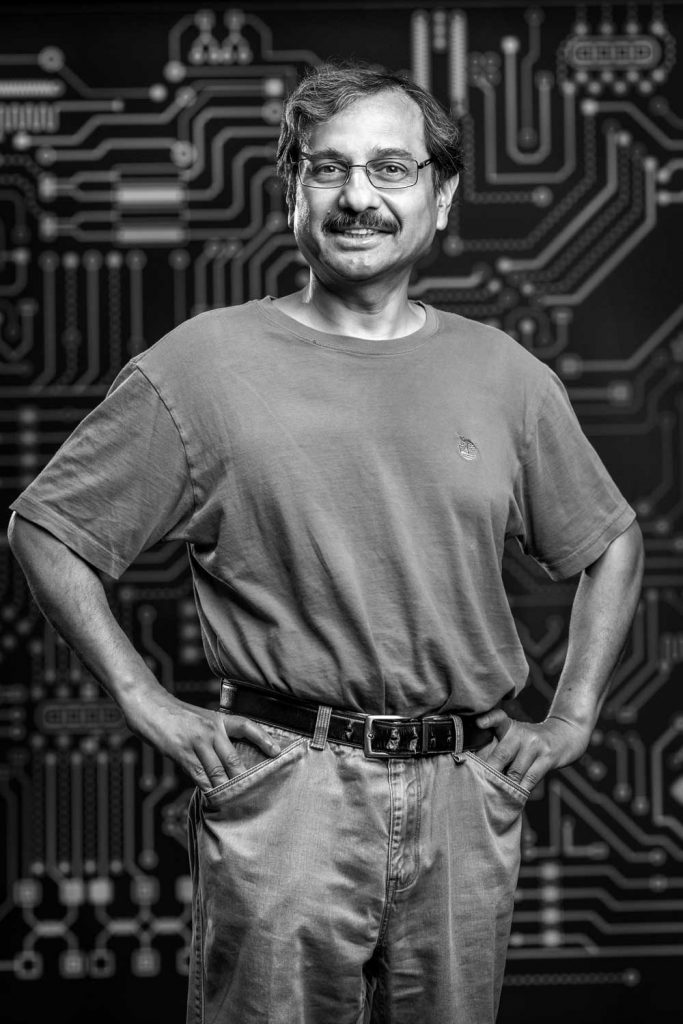
Educated as an aerospace engineer, Jaideep Ray later became intrigued by the tremendous ease of collecting data as sensors became cheaper and computers got faster. After the 9/11 anthrax letters, he trained himself on statistical inference and worked on ways to estimate the cause of a disease outbreak or bioterrorism attack from limited data.
For the past decade, he’s developed data-driven technologies to solve engineering problems — for instance, where a nuclear weapon’s actual performance may differ from what models predict, usually because of shortcomings in the model. With statistical inference, he said, “We use measurements to discover the problems with our models and update them.” These techniques are being used by Sandia in hypersonics — for aircrafts or missiles that fly faster than five times the speed of sound.
Currently he’s working with colleagues to predict future pandemics. “DOE has some fantastic capabilities to predict climate change. With animals and insects forced to change their location and expose humans to new pathogens, could we predict pandemics that might come through and how bad they might be?” he asked. “Because data is so plentiful, machine learning will help us solve this problem first — if we don’t fall behind other countries.”
— J.C. Ross
Habib N. Najm
Senior scientist in mathematics
29 years at Sandia
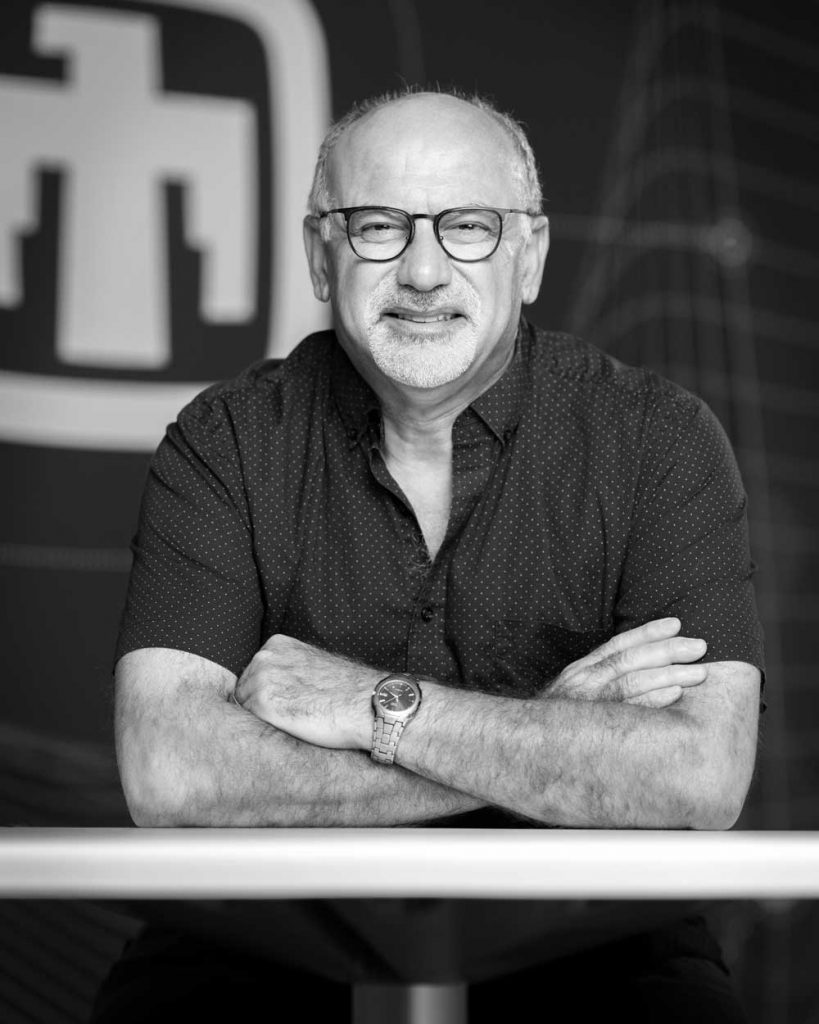
Habib holds a doctorate in mechanical engineering from the Massachusetts Institute of Technology. In addition to supervising and mentoring a group of postdoctoral researchers, Habib devotes most of his time to research topics in computational modeling of physical systems, combustion science, uncertainty quantification, statistical data analysis and scientific machine learning applications in chemistry and materials.
Habib said his focus on uncertainty quantification in computational science provides value to nuclear deterrence programs.
“The ability to make computational predictions of physical systems with quantified uncertainty is essential for physical model validation, system design optimization and risk analysis,” he said.
The best part of his job is “mentoring young scientists and the continuous learning inherent in a research career.”
— Krystal Martinez
Catherine Mageeney
Bioengineer
4 years at Sandia
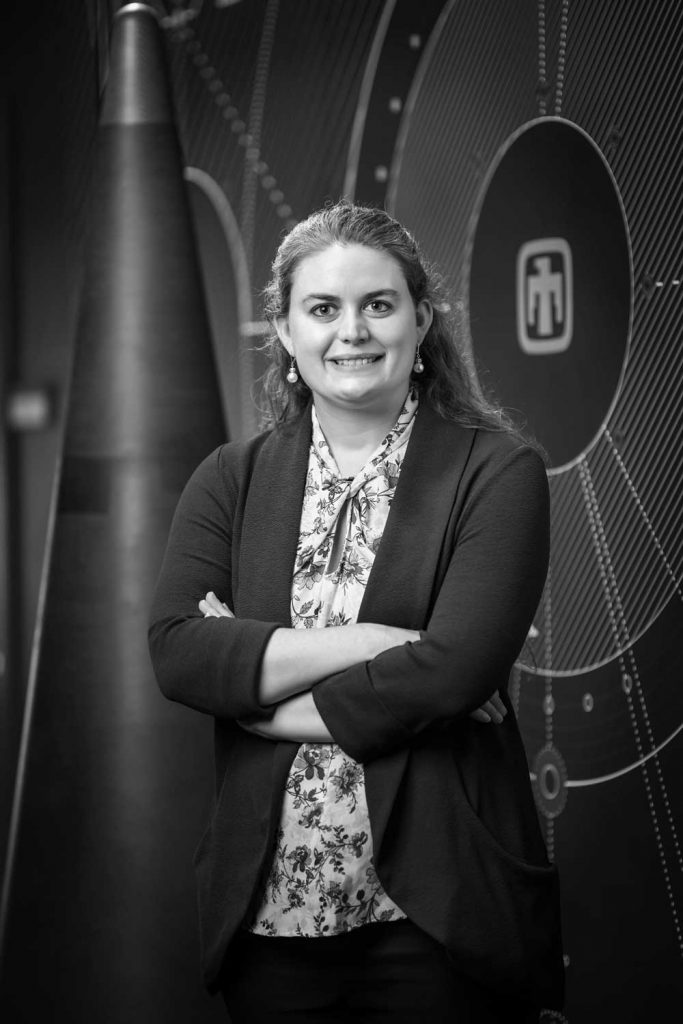
Catherine completed her postdoctoral research at Sandia after earning her doctorate at Lehigh University in Pennsylvania. She has been in her current role for two years as a senior member of the technical staff in bioengineering and biotechnology. Catherine leads a team of undergraduate students in the Applied Bioscience Lab at Sandia/California.
Catherine’s expertise in phage biology and genetics has broad applications and implications for scientific research. Phages, or viruses that infect bacteria, are the most numerous and diverse biological-organism in Earth’s biosphere. With approximately 1031 existing phages to be identified and studied, there is no shortage to identify, characterize, sequence and analyze. Introduced to this work as a Cabrini College undergraduate, Catherine has spent years in this field of discovery science and trained dozens of students in bioscience and influenced many to pursue the subject.
Catherine’s phage research bridges several related areas of bioscience, including not only infectious diseases, but also climate study, biomanufacturing and bioenergy. Catherine sees the plethora of phages “as a toolkit for solving complex biological problems by delivering useful genetic material to alter or kill unwanted bacterial pathogens.”
— Krystal Martinez
Scott Kiff
Nuclear engineer
13 years at Sandia
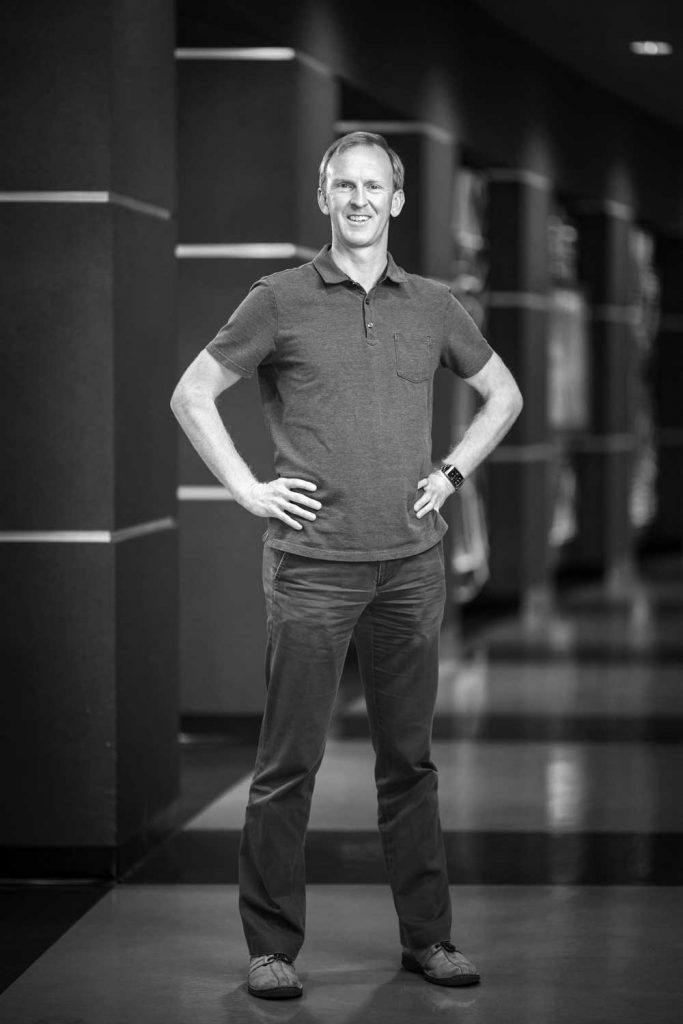
When nuclear engineer Scott Kiff moved from Pacific Northwest National Laboratory to Sandia, he brought a special interest in radiation detection. Since then, he’s been heavily involved in characterizing special nuclear material via neutron emissions.
“There are a lot of applications,” he said, “where neutron detection tells you about the quantity of nuclear material present and its configuration. That’s important in arms control and emergency response — from locating nuclear materials, to characterizing unknown packages like material in a crate, to predicting the consequences if there’s a detonation. Both areas present opportunities for interesting research and development, they’re of high importance to the nation and NNSA labs like Sandia are in a unique position to contribute because of our historical roles and capabilities.”
Perhaps not surprisingly, Scott has been a key contributor to the development of the MC-15 neutron multiplicity detector. Teams from Sandia, Los Alamos and Lawrence Livermore national laboratories took it from conceptual design to production and use for nuclear security. “It’s designed to be rugged and one-person portable (less than 50 pounds) for field use,” he said. “It’s very satisfying that I was able to contribute to something that is actively used by other parts of government to keep the nation safe.”
— J.C. Ross